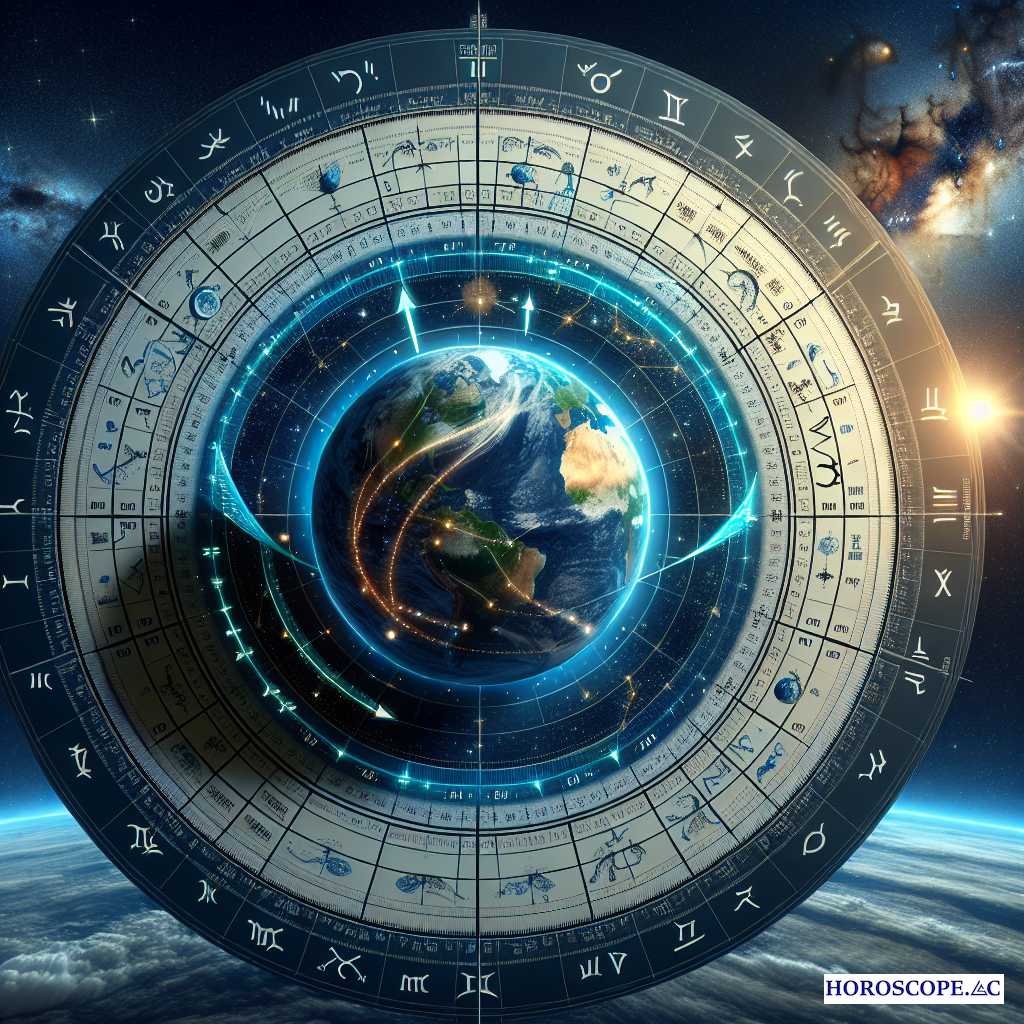Precession of the Equinoxes: How to Understand This Mechanism

Astrology, since its origins, has always been intimately linked to celestial movements. Among these movements, the precession of the equinoxes is a fascinating phenomenon that deserves exploration to better understand the interaction between constellations, seasons, and our human experience. In this article, we will break down this mechanism and its importance in astrology.
What is the Precession of the Equinoxes?
The precession of the equinoxes is an astronomical phenomenon that results from the Earth’s rotational movement on its axis. Indeed, the Earth’s axis is not fixed; it describes a cone due to the gravitational attraction exerted by the Sun and the Moon. This precessional movement extends over a cycle of about 26,000 years, during which the equinox points (the moment when day and night are of equal length) slowly move along the ecliptic.
This shift is imperceptible over a short period, but over thousands of years, it has major implications. For example, while today the vernal point (the beginning of spring in the northern hemisphere) is located in the constellation of Pisces, in about 2,000 years, it will be in the constellation of Aquarius.
The Consequences of Precession on Astrology
For astrologers, the precession of the equinoxes has significant consequences. Traditionally, Western astrology is based on the tropical zodiac, which is linked to the seasons. This means that astrological signs are determined by the position of the Sun relative to the equinoxes and solstices. However, due to precession, the sidereal zodiac, which is based on the constellations, has also gained importance.
1. **Shift of Signs**: With precession, there is a shift of about 23 degrees between the tropical zodiac and the sidereal zodiac. This means that individuals who believe they were born under a certain astrological sign according to the tropical zodiac may actually belong to a different sign according to the sidereal zodiac. For example, a person born under the sign of Pisces may actually be an Aquarius if one refers to the sidereal zodiac.
2. **Reevaluation of Astrological Themes**: By taking precession into account, astrologers can reevaluate the themes and traits associated with the signs. This leads to a more nuanced understanding of personality and planetary dynamics. This phenomenon also encourages the exploration of alternative astrological systems, such as Vedic astrology, which is based on the sidereal zodiac.
3. **Impact on Historical Cycles**: The precession of the equinoxes is also linked to historical and cultural cycles. Some spiritual and esoteric traditions take these cycles into account to understand the cosmic influences on humanity. The transition from one astrological “Age” to another (such as from Pisces to Aquarius) is often associated with major sociocultural changes.
Conclusion
The precession of the equinoxes is a complex mechanism that, while primarily having astronomical implications, resonates deeply with our astrological understanding. By becoming aware of this phenomenon, we can better grasp the interaction between the cosmos and our existence on Earth. Astrologers, whether traditional or modern, must integrate this aspect into their practice to offer more accurate and enriching interpretations. Ultimately, the precession of the equinoxes reminds us of the interconnectedness between the human microcosm and the celestial macrocosm, a central theme in astrology.
Similar Articles in This Category
- The Transit of Jupiter and Its Promises for the New Year
- How to Align Your Resolutions with Planetary Cycles
- Astrological Forecasts for the New Year: A Look at the 12 Zodiac Signs
- New Year, New Transits: Anticipating the Major Planetary Energies
- The Best Resolutions According to Your Zodiac Sign
← Return to Category Reference


